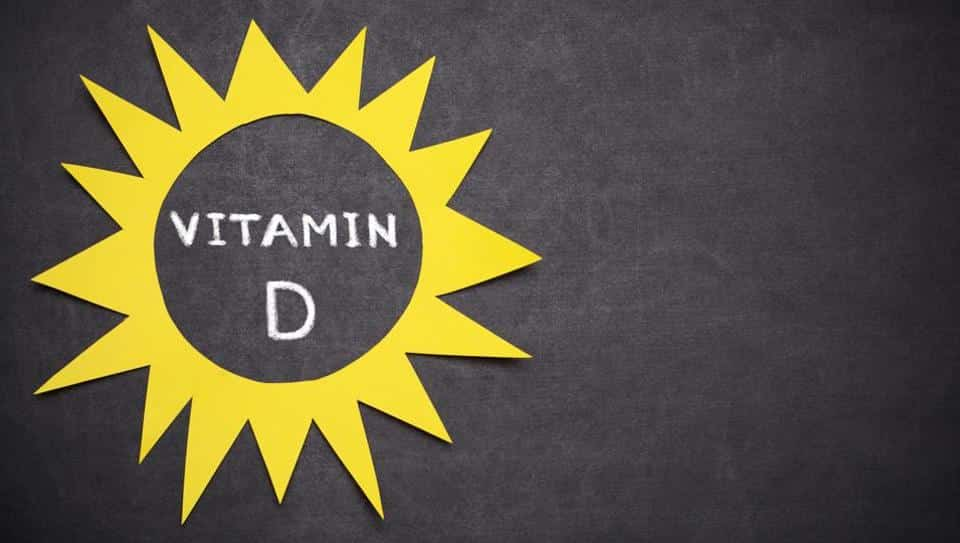Excellent guest article/email by Chris Kresser I simply had to repost.
https://kresserinstitute.com/
More evidence on Vitmain D.
***
Hi, Everyone,
For the past few months, I’ve been sharing research suggesting that maintaining normal vitamin D levels prevents the risk of severe COVID-19 infection.
Just over a week ago, yet another study confirming this finding was published in the journal Nature.
The researchers compared people with asymptomatic infections to people with severe infections: 97 percent of people in the severe group had vitamin D deficiency (average level of 14!) vs. 33 percent in the asymptomatic group (28—which, I would still argue, is mildly deficient). People with low vitamin D also had higher levels of inflammatory markers like ferritin, tumor necrosis factor-alpha, and interleukin-6.
Most impressively: the fatality rate was seven times higher in the low vitamin D group (21 percent vs. 3 percent)!
I believe this is now the 15th observational study investigating the connection between vitamin D and COVID-19. (A recent paper reviewed 14 of 15 of these studies—the 15th came out after the review was published.)
Of these 15 studies, 12 found an inverse association between vitamin D levels and the risk of severe COVID-19 infection (meaning people with lower vitamin D had a higher risk of severe infection).
Of the three trials that didn’t find this association, two had very long intervals (sometimes over a year) between measuring 25 (OH)D levels in the participants’ blood and when they contracted COVID-19. This makes the findings less reliable.
In the other trial, patients with low baseline levels of vitamin D at the start of the study were given very high doses of vitamin D supplements to bring up their levels. This could explain the lack of association between baseline vitamin D levels and the risk of severe infection.
Can observational studies prove a causal relationship between vitamin D and COVID-19 severity?
The short answer is: no.
But we can use the Bradford Hill criteria for causality to get a better idea of whether a causal relationship is likely.
The Hill criteria use factors like temporality, strength of association, the dose–response relationship, consistency of findings, plausibility (e.g., mechanisms), accounting for alternate explanations, experiments (e.g., randomized controlled trials [RCTs]), and coherence with known facts to explore whether two findings that are correlated—like vitamin D levels and the severity of COVID-19 infection—have a causal relationship.
For example:
- A stronger association is more convincing than a weaker association.
- An association that can be explained through well-defined and plausible mechanisms is more convincing than an association that cannot be explained this way.
- If a higher dose of the intervention is associated with greater effects, and a lower dose with smaller effects, that is more convincing than no dose–response relationship.
The association between vitamin D and COVID-19 infection meets most of the Hill criteria, which makes a causal relationship more likely.
What about experiments that would prove a causal relationship, like RCTs?
We also now have at least three RCTs that have experimentally tested giving vitamin D supplements to patients with COVID-19. (The review paper I mentioned above analyzed two of them. The third came out after the review was published.)
While these trials were small and had some methodological issues, two of them provided at least weak support to the hypothesis that vitamin D significantly reduces the risk of severe COVID-19 infection.
More RCTs are underway and we should see the results of these in the next few months. I’ll report on them as they come in.
Can we be certain that vitamin D reduces COVID-19 severity?
Again, the short answer is: no.
However, I believe that there is more than enough evidence to justify the inclusion of recommending vitamin D in public health advice. And I am not alone. There are more than 30 review papers, meta-analyses, editorials, and perspectives in the scientific literature from researchers that are also advocating for this.
There are several reasons for this:
- There are now 12 observational studies that support the connection. While they can’t prove a causal relationship, they do meet most of the Bradford Hill criteria for causality.
- Two RCTs provide at least weak support.
- Vitamin D is incredibly safe when taken at appropriate doses (up to 8,000 IU/d).
- Vitamin D deficiency is widespread in the industrialized world. Rates vary by country, but in most cases, the majority of people have suboptimal vitamin D levels.
- Vitamin D is relatively cheap.
- Vitamin D is readily available without a prescription.
- The benefits of correcting vitamin D deficiency are well established and go far beyond reducing the risk of severe COVID-19 infection.
Given this, why aren’t public health authorities recommending vitamin D?
Well, this email is already pretty long, so I’ll refer you to an Instagram video I recorded last week with some of my thoughts about it.
Please forward this to anyone that you think would benefit from it. Since we’re not hearing much about this in the mainstream media, it’s up to us to share this vital information with our friends, family, colleagues, and the public at large.
In health,
Chris
P.S. This is another example of why I’m so excited about health coaching as a profession. Most people see their doctors only a few times a year—and when they do, they rarely have time to discuss diet and lifestyle factors. But health coaches could help to fill that gap. They can provide their clients with important information like this that the clients may not hear about otherwise. If you’ve been considering a career as a health coach, click here to download our info packet to discover how the ADAPT Health Coach Training Program can set you up for a flexible, rewarding career.
***






